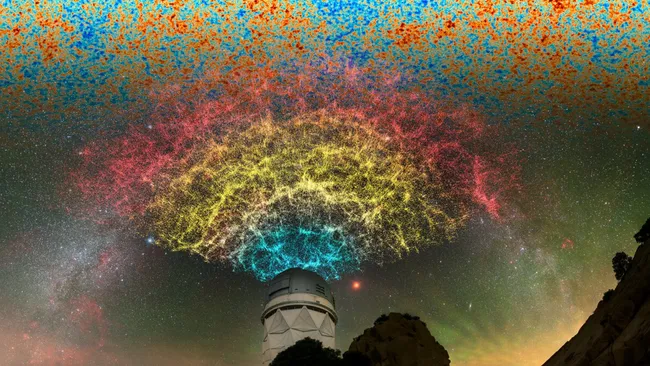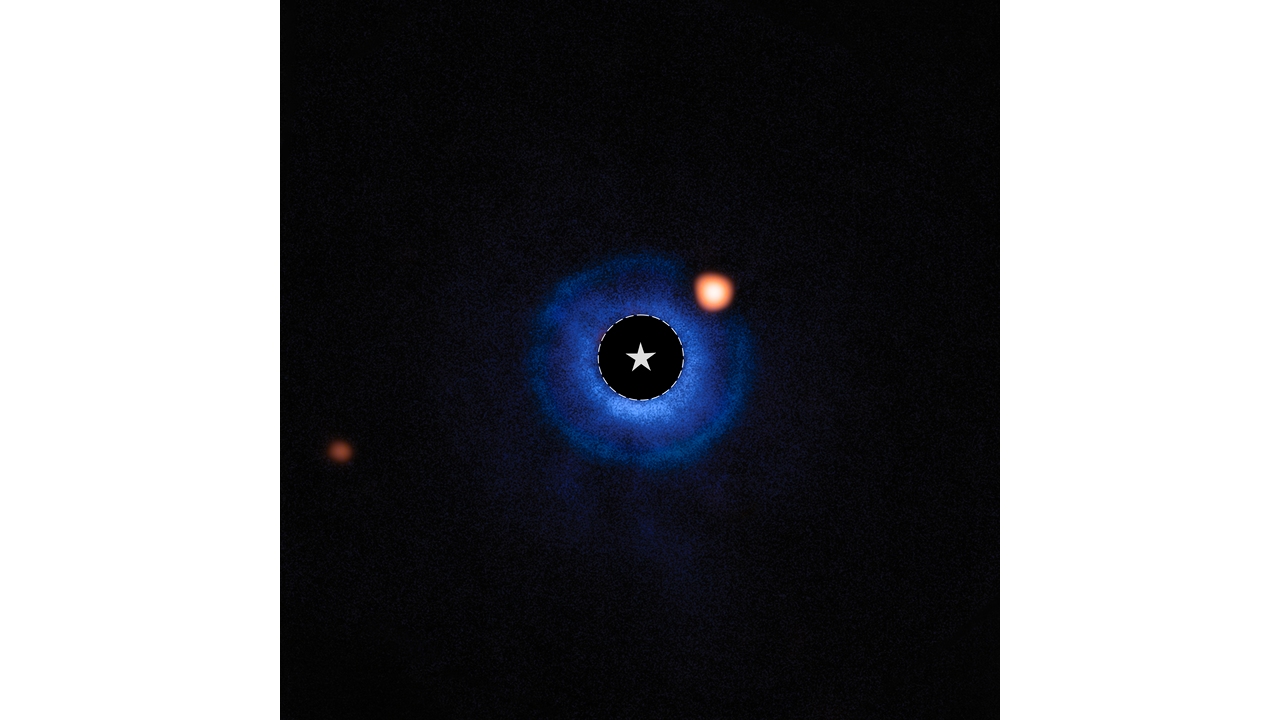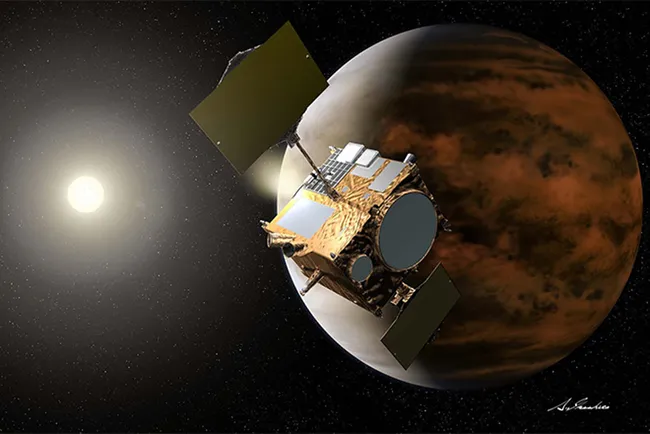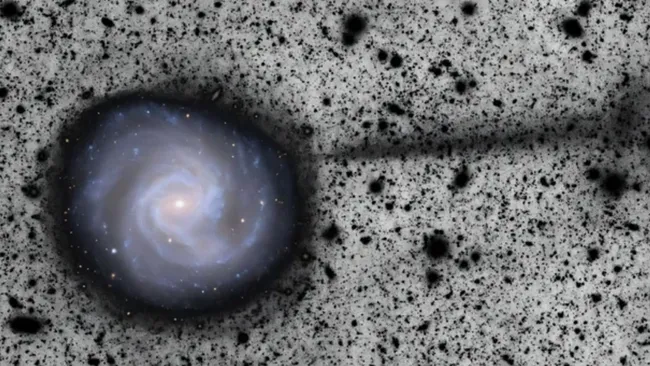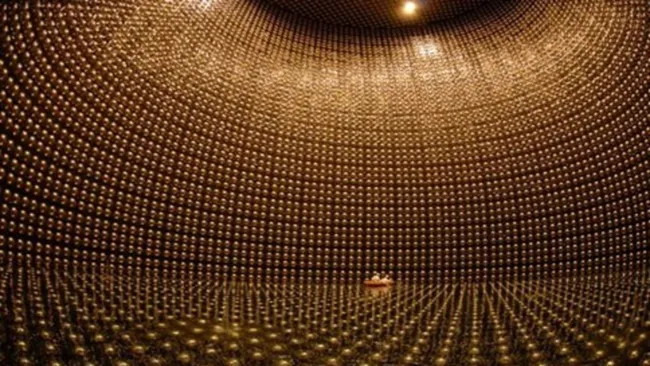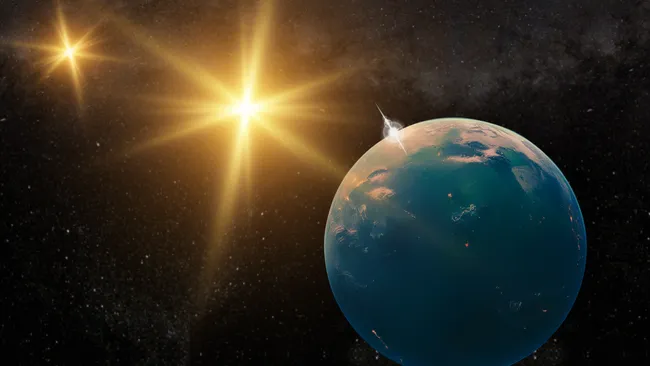In a dramatic twist to our understanding of cosmic destiny, a new study suggests the universe might die far sooner than we previously thought — in about 33 billion years. This alarming prediction stems from growing evidence that dark energy, the elusive force driving cosmic expansion, may be evolving with time.
Over the past year, data from the Dark Energy Survey (DES) and the Dark Energy Spectroscopic Instrument (DESI) has hinted that the behavior of dark energy doesn’t fully align with the long-standing model known as the cosmological constant. If confirmed, this would signal a major shift in how we understand the structure and fate of the universe.
A recent, yet-to-be peer-reviewed paper proposes a fresh model: dark energy isn’t static but composed of two components — axions (hypothetical ultralight particles) and a negative cosmological constant. Axions, according to the study, are flooding the universe and are currently driving its accelerated expansion. However, this won’t last forever.
The model predicts that as the axions gradually weaken over billions of years, the negative cosmological constant will begin to dominate. Unlike a positive constant (which accelerates expansion), a negative one will decelerate it — ultimately halting the universe’s growth and initiating its reversal.
This reversal phase would culminate in a “Big Crunch,” essentially the opposite of the Big Bang. Galaxies would collapse into each other, temperatures would rise, and everything would compress into an ultra-dense singularity — the final end.
According to the model, this apocalyptic contraction could start as soon as 10 billion years from now, with the final singularity arriving 23 billion years later. That’s a total lifespan of 33 billion years — shorter than many standard cosmological predictions.
Still, cosmologists caution that the scenario is highly speculative. The DES and DESI data are preliminary, and many uncertainties remain. Even if the cosmological constant is found wanting, that doesn’t automatically validate this axion-based theory. It’s one idea among many — but a fascinating one.
For now, the best we can do is keep watching the cosmos — and wait.

